I Was a Skincare Addict And It Nearly Destroyed My Face with a Chemical Burn
The beauty industry promises endless youth—but are the results ever really enough?
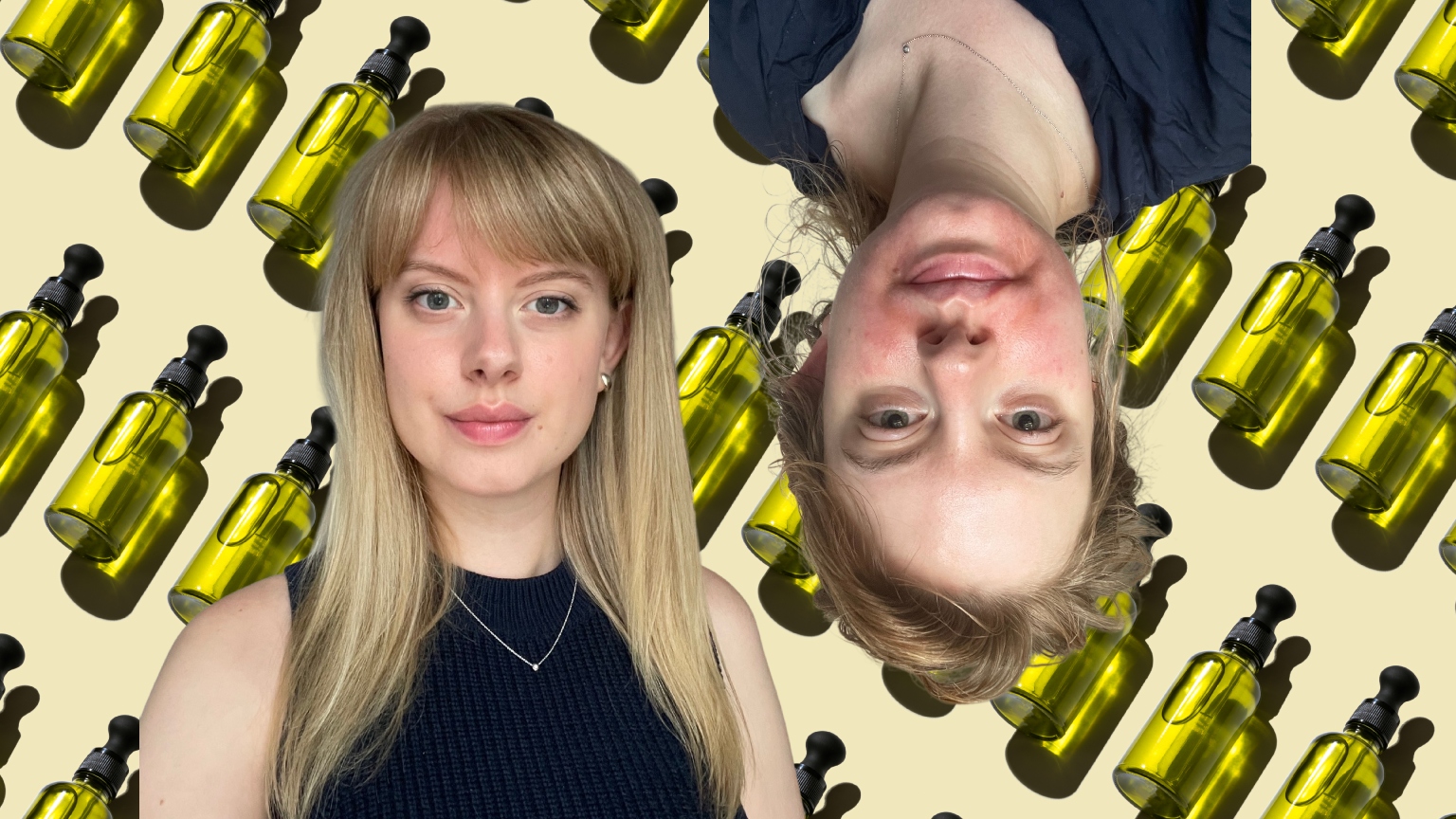
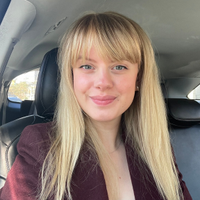
As someone who regularly writes about beauty for a living, it’s pretty (read: super) embarrassing to admit that I gave myself a nasty chemical burn a few weeks ago. How did it happen? By piling on too much skincare and undergoing more skin-enhancing procedures than I should have had in close proximity. Not some “Oops, got a little redness on your cheek, there” irritation, either; a hot, screaming, take-an-ambulance-to-the-ER-while-sobbing kind of burn that turned the flesh around my mouth a brilliant vermillion. It slowly morphed into a crusted, dead-leaf shade of brown that made me feel so terrible and ashamed, I took a week off work to fully recover.
When you work in the the beauty world, it’s really easy to become completely immersed in all things appearance-related, all the time. Every day, there’s some new product to cover that promises to make your hair shinier, skin clearer, cheeks more sculpted. There’s also the chance to interact with brands directly and ample opportunities to try out aesthetic treatments. It was at one of these events where I had the chance to undergo a V-FR laser, a fractional radiofrequency treatment designed to enhance skin texture and tone for a refreshed, youthful appearance.
Even though I wasn’t exactly the prime candidate for this laser (it primarily lifts and tightens, and my 28-year-old perpetual baby face is pretty lifted and tight already), I didn’t care; I was just thrilled—hungry, really—at the prospect of looking like my very best self.
Intellectually, I’d understood the esthetician when she explained that my face would look red for days afterwards (“Almost as if you got a bad sunburn,” she’d quipped) and that I might briefly experience track marks, a common side effect that can result from multiple laser passes over the skin. But when the waiting period actually came, I became nervous, then anxious, then full-on distraught. What if these marks, which appeared as though I’d slammed my cheeks between the plates of a waffle iron, never went away? After days of panic-searching worst case scenarios that involved lifelong scarring, I frantically texted Julie*, another esthetician who’d previously treated me with: What do I do now???
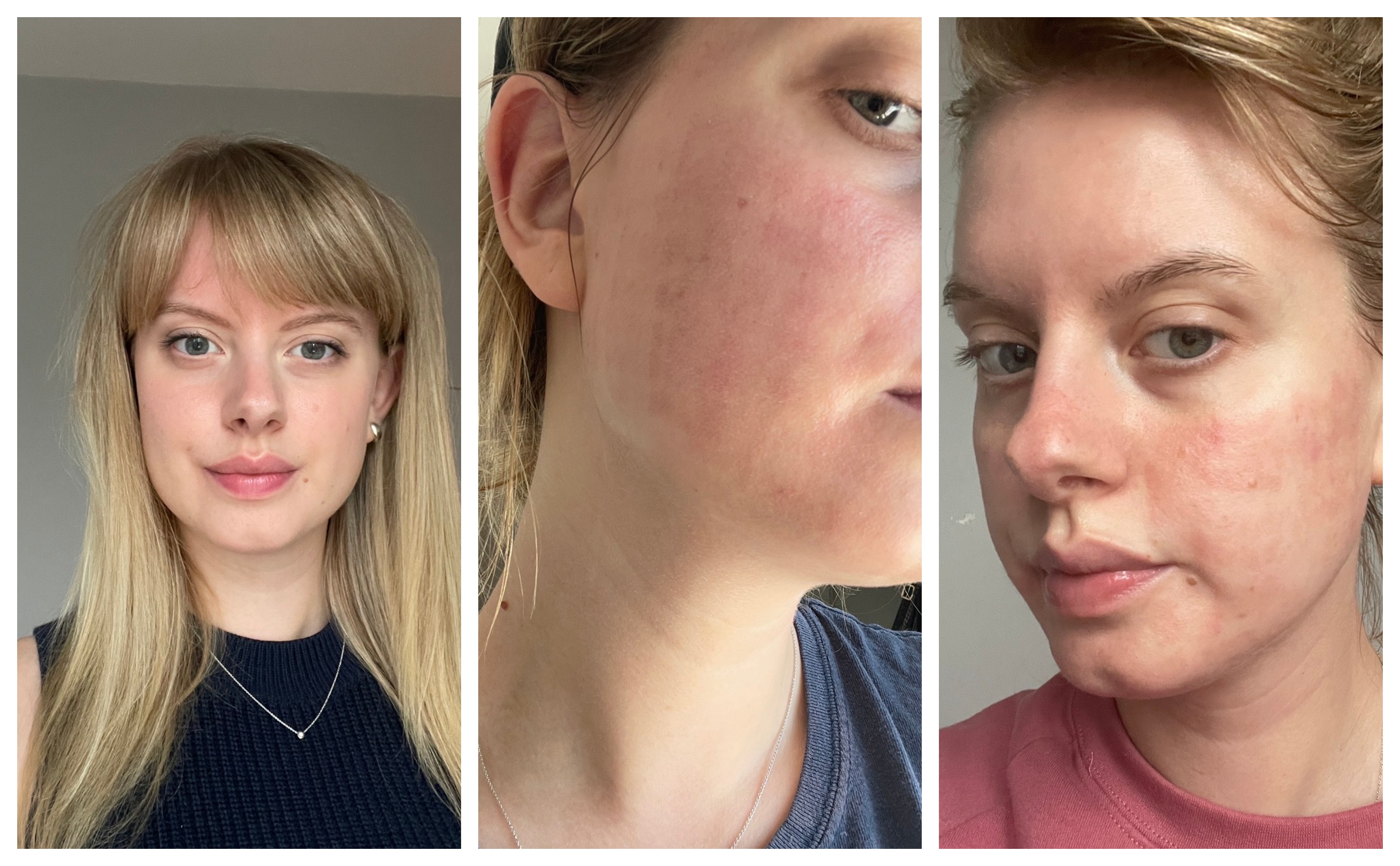
(L to R): My skin prior to receiving the intial laser treatment; the “track marks” I was trying to get rid of that caused me to burn myself in the first place.
Kind and reassuring as always, Julie did her best to quell my fears and quickly arranged for her assistant to send me some cucumber toner and copper peptide serum to soothe my skin. She also offered to see me in person that Saturday, where we determined that she would give me Laser Genesis, a non-invasive treatment that gently heats the dermis to stimulate collagen production and kickstart the body’s natural healing process. I walked out of her studio confident that my face was now well on its way to recovery.
And it likely would have been—had I left it the hell alone. However, true to ever-anxious form, I couldn’t stop nitpicking over some increased redness the second laser had left behind around my mouth. So that night, I decided I was going to fix the problem. Armed with my extensive collection of masks, creams, LED lights, and ice rollers, I applied product after product, letting each one “work” a minimal amount of time before checking for results, growing frustrated when there were none, and slathering on the next. I continued this exhaustive cycle into the next day, when I applied one last cream—AlocaneMax, a drugstore combo of numbing lidocaine and aloe vera—then decided to take an afternoon nap. Cue the red-hot, nine-out-of-ten pain burning sensation when I woke up an hour later.
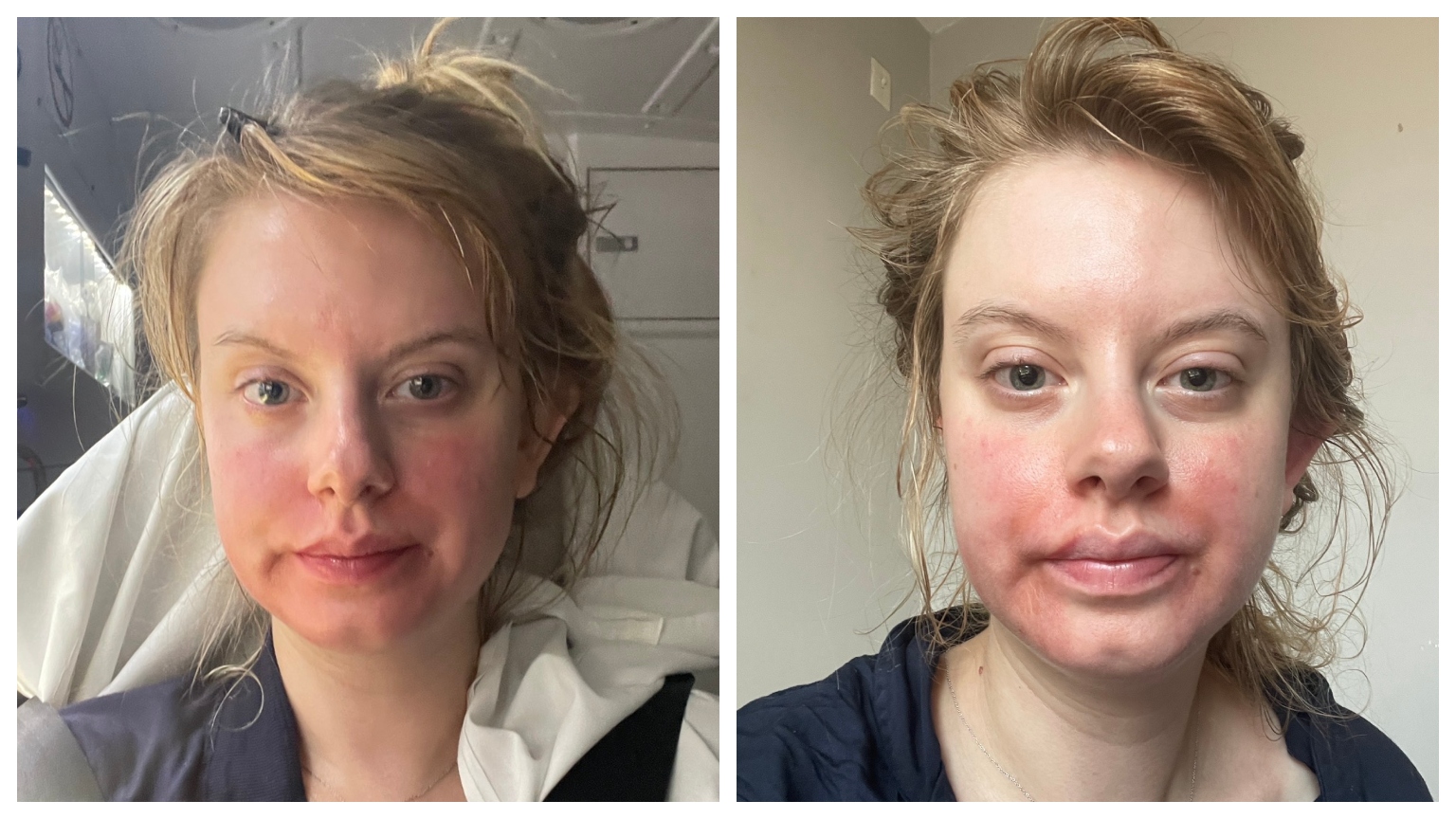
(L to R): In the ambulance on my way to the hospital; my chemical burn the next day.
The scabbing has since sloughed away after applying derm-prescribed triamcinolone acetone ointment—which revealed fresh, tender skin and, somewhat miraculously, no scar—the toll the experience took on me emotionally is not going away anytime soon. Though I’ll always be a beauty lover at heart, it’s forced me to take a hard look at how I engage with the industry—specifically, the skincare side.
Get exclusive access to fashion and beauty trends, hot-off-the-press celebrity news, and more.
Every day, we consume countless in-person and online ads from top aesthetic providers and skincare brands that cheerfully promise to make us look and feel our best…as long as we shell out for the latest laser treatment or buzzy vitamin C serum. It may come as little surprise that social media is a key player in this over-exposure. On Instagram, the phrase #skincareaddict is currently tagged on 4.8 million posts, with the aspirational #glassskin ranking at 1.8 million. Videos where influencers unbox product hauls, outline 10-plus step routines, or undergo costly facial treatments have become a staple of internet beauty culture, with well-known content creators like Hyram and James Charles raking in millions of loyal followers across major social channels. In an oversaturated market, it can feel nearly impossible to resist trying every new product and procedure under the sun.
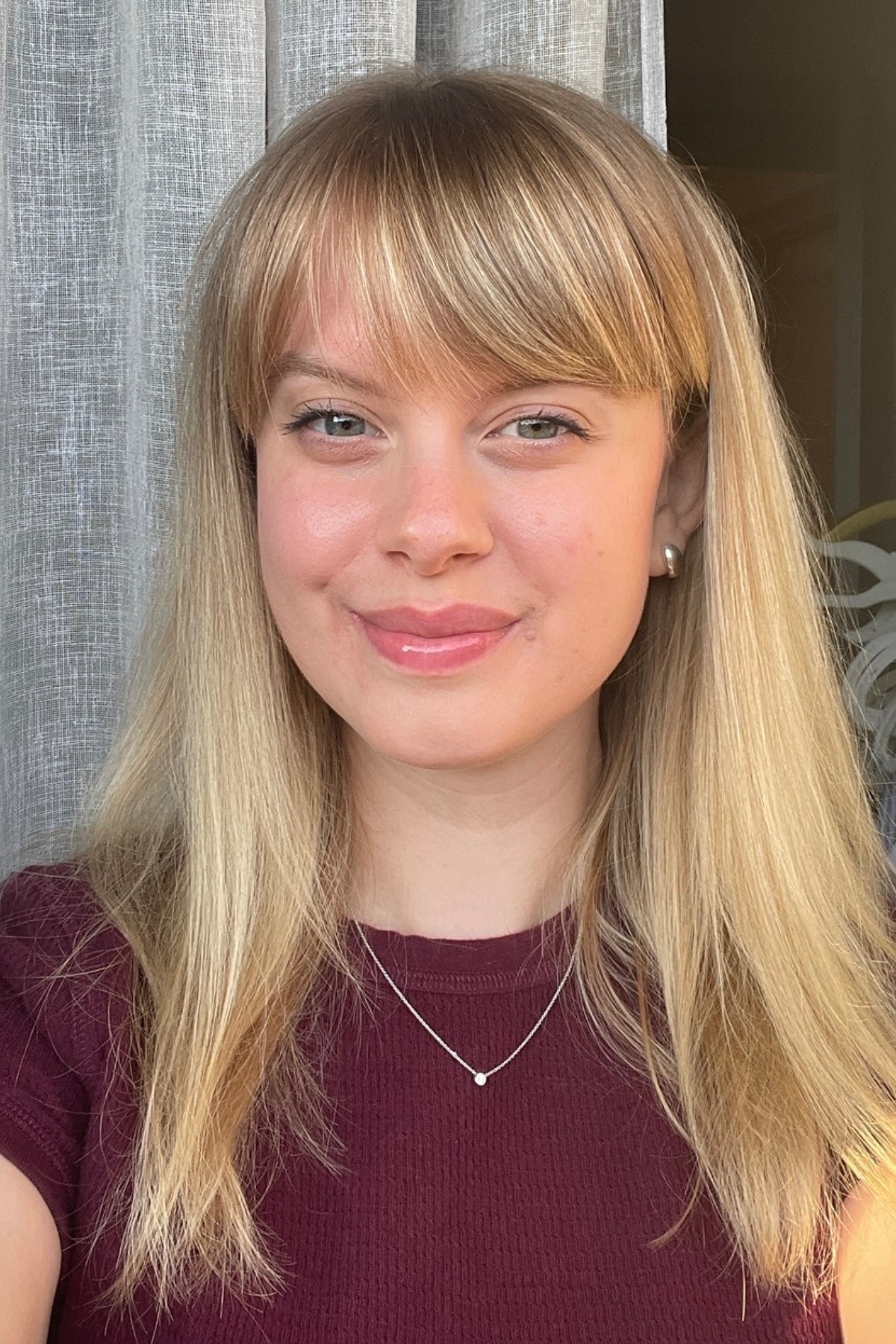
One week after treating my chemical burn.
But when is it all simply too much? According to Ernesto Lira de la Rosa, PhD, a licensed psychologist and Hope for Depression Research Foundation advisor based in New York City, the problem arises when consuming this content begins to induce anxiety, rather than provide entertainment, inspiration, or joy. “In this industry, products tend to imply that you’re missing something,” Dr. Lira de la Rosa explains. “It appears to be about taking care of yourself, but oftentimes it’s just about ‘fixing’ yourself. People are trying all sorts of different things because they’re being bombarded with that messaging. Before they know it, they’re doing just about everything to their skin, which can have a dangerous effect.”
So, the question becomes, how do we gauge when enough is finally enough? And when we do, how do we cut back and still enjoy our beauty routines while keeping them in perspective?
“One of the pieces I always start with when working with clients is having them turn inward,” says Dr. Lira de la Rosa. “‘What am I looking to do with this skincare routine? What are my goals?’. This can help people remember why they started in the first place and guide them not to overdo it. It’s also helpful to simplify your routine, take social media breaks, and notice when your emotions are driving your behavior as you shop. It’s about making sure your goals are realistic and taking time to make sure you’re not being led astray by all the advertising out there to achieve ‘perfect’ skin.”
My chemical burn experience has changed the way I approach my relationship with the beauty industry—namely, how much space I allow it to take up in my personal life. While I still enjoy reading up on trending skincare ingredients and popping on my favorite LED mask during a cozy night in, I’ve made an increased effort to fill my feed—not to mention my life—with more gratifying hobbies, experiences, and connections. And to remember that, if we’re not careful, the phrase “skincare addict” can cut much deeper than an Instagram hashtag.
*Real name not used.
Meet the Expert
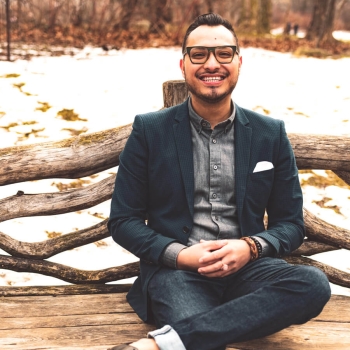
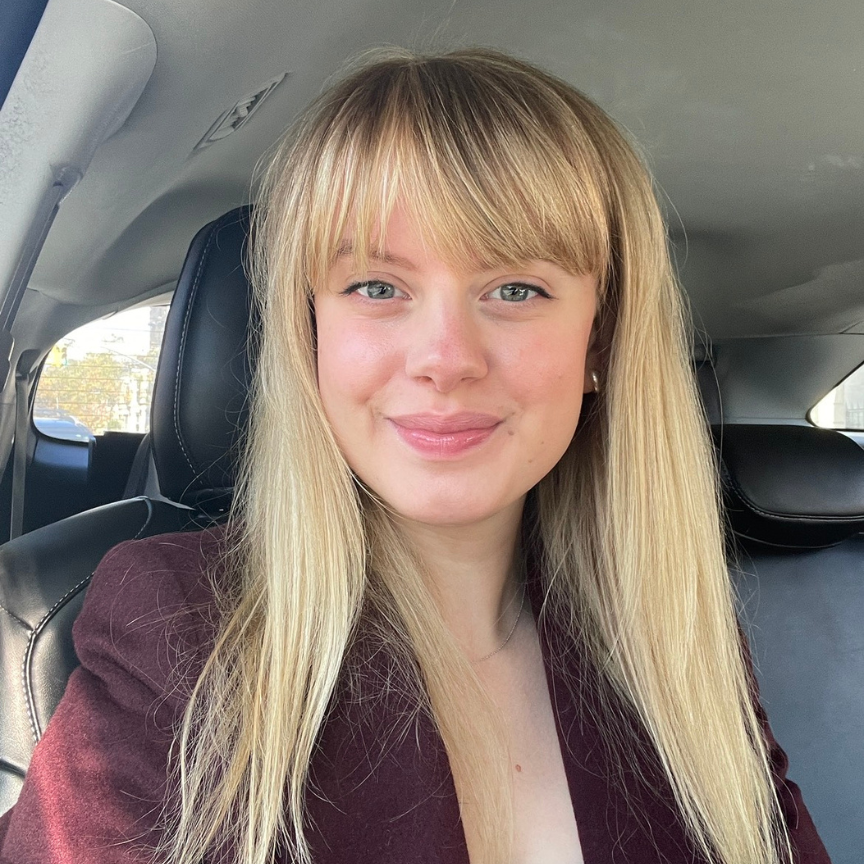
Allison Lax is a Brooklyn-based writer who covers beauty, style, and culture. She has bylines in InStyle, Glamour, and more.
Allison enjoys writing about beauty through a cultural lens, exploring the societal standards that go beyond aesthetics to shape our perception of who we are. She also still loves to dive deep into the latest skincare and beauty trends (because who doesn’t like a little fun and variety?).
When she’s not working, you can find Allison at hanging at her favorite coffee shops around Brooklyn.